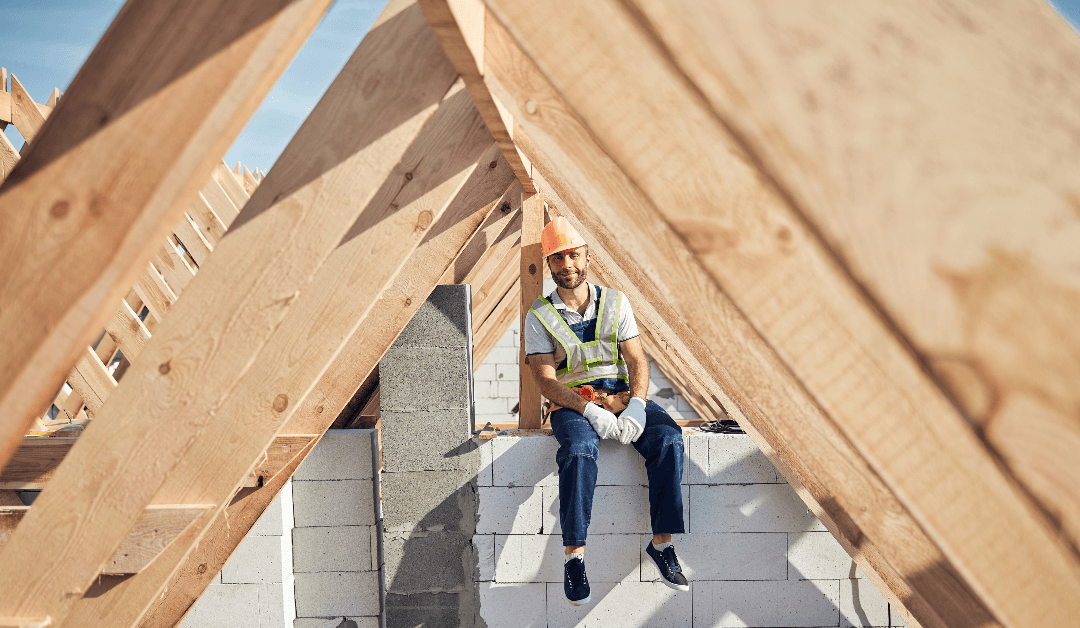Plan to replace your roofing system? You are probably wondering about the costs involved. In that regard, one common question among homeowners is: how much roofing material do I need?
Before searching for a ‘roofing supply near me,’ you may wish to establish the roofing materials needed. You can leave the job to the roofing materials suppliers for accuracy, but no one stops you from making an estimate.
Your roofing structure is a vital component of your home. And if you are going to make replacements, it’s essential to do everything right, from getting adequate and quality materials to an expert installation. Hiring a roofing contractor is highly advisable. For now, we will help you estimate your roof size.
How much roofing material do I need?
How many bundles of shingles will you require? You will have to estimate the square footage of the roof’s surface first. You need to consider the roof’s overhang by measuring eave to eave, not corner to corner.
Compute the length and width of the planes on the roof. Afterward, multiply the length and width for the square footage of every plane. For the total square footage, add the square footage of all the planes.
What if your house isn’t rectangular?
Estimate the length and width of every section. Then, multiply these measurements to get the square footage of the areas. Sum the square footage of all the sections for the total square footage. This way, you can determine the number of shingles you will need. Roof measurements are done in squares, equal to 100 square feet. Therefore, divide the total square footage by 100 to know the number of squares of your roof. Shingles come in bundles that cover only a specific percentage of the square, making the number of squares vital.
Hold on; the math classes aren’t over; you will have to multiply the square number by three. And that number right there are the bundles you will utilize for your roofing project. So, now you can gauge the cost of different shingle bundles to estimate your budget.
How about the underlayment?
Apart from the shingle, you need to account for other roofing materials, like underlayment or felt paper, unless you are directly applying the shingles over the current asphalt roof. The underlayment finds its perfect place between your roof deck and shingles for additional protection against water damage. The felt paper is sold in rolls, each catering to four squares. The number of squares of your roof divided by four gives you the number of rolls you require.
Additionally, the drip edge is an essential part that protects the edges from rot. Based on the fascia boards’ condition, the two may need replacing and are computed in linear feet. So, establish the roof perimeter in feet for the length of the fascia boards and drip-edge that will suit you.
Choosing the Right Shingles
It brings us to the question; what shingles will you use? For instance, each shingle utilizes four nails for the average 3-tab shingles. However, the storms and hurricanes in Florida may require you to go the extra mile with more nails for assurance. Besides, other shingles may call for more nails during installation. For the standard 3-tab asphalt shingles, the whole project may take 320 nails, supposing the four nails per square is applicable. Typically, nails are sold by pounds, and some projects need two and a half pounds per square.
What are other factors to consider?
- Your old shingles will necessitate a roofing dumpster during riddance.
- Labor costs.
- Flashing or a sheet metal barrier placed in roof valleys and around chimneys and vents to safeguard against water seepage.
Roofing supplies may be faulty, wasted, or damaged. So, incorporate an extra percentage of all the materials as no roofing project is perfect. That said, you should add at least five to ten percent of the supplies, especially for materials with special orders or long lead times. You will be glad you did!
How much roofing material do I need? You can DIY with the above tips, but hiring a contractor saves you time and costly mistakes. Getting an estimate from a reliable roof supplier for all the costs you may incur is best. This way, you may learn of other complexities that may raise the total costs of installation. Besides, you may require a permit and an inspection of the project.

